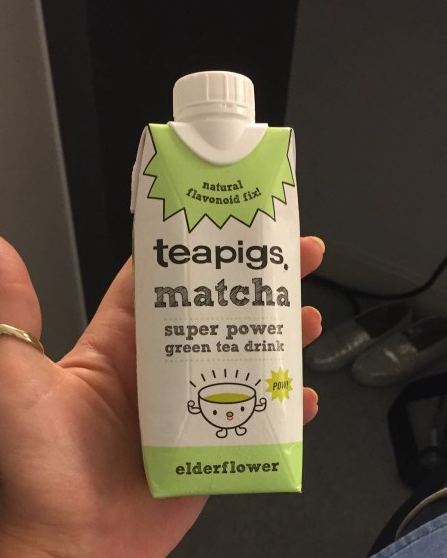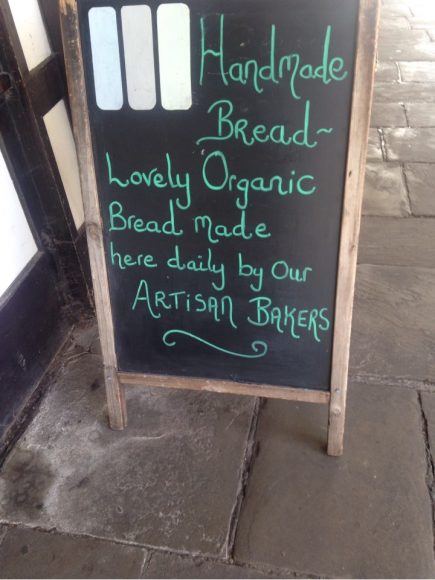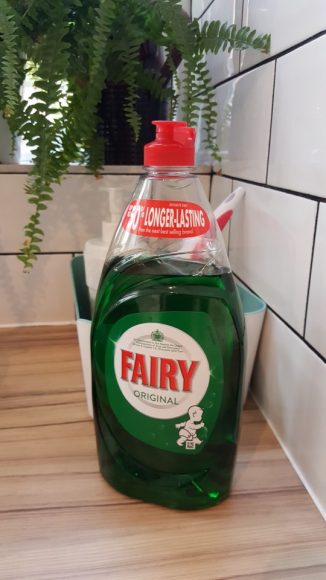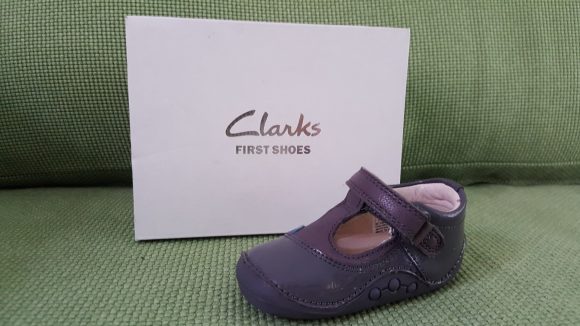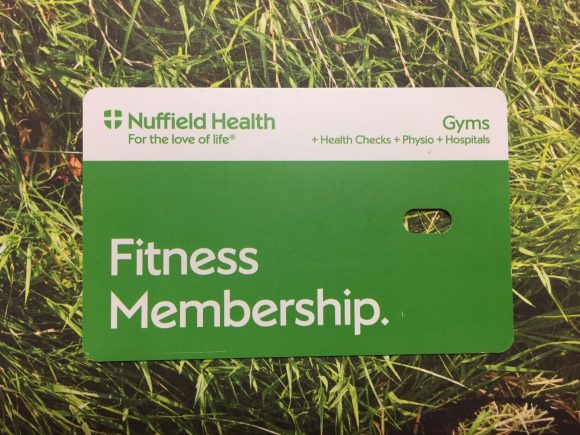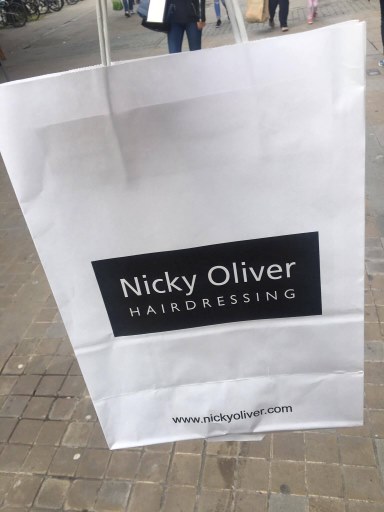From the catwalk to our kitchen shelves, working with our trendspotting network we’ve noticed brand logos are proudly on display once again. The popularity of independent boutique shops, artisan markets and scandi design are showing signs of fading, and in their place the established brand logo shines boldly; as a signifier of stability, comfort and familiarity in an increasingly uncertain world.
THE SEARCH FOR AUTHENTICITY
Authenticity has been the buzz word of the decade. During the recession consumers began to turn their back on big brands, seeking out craftsmanship, uniqueness and human stories over big corporations. Value comes from quality and authenticity rather than from the higher price tag demanded by an established brand name.
Increased curiosity of what we’re consuming, where it’s produced, and what it contains, paved the way for the rise of independent brands. Playing to their identity as niche, natural, ethical, and unique – it became popular for consumers to choose crafted, artisan products over their manufactured counterparts.
Why not opt for a face cream produced on the farms of Devonshire, made from organic natural ingredients and sealed with a charming label depicting the faces of those who made it?
This idea of authenticity presented itself as a fresh new alternative to big brands. As a result, brands began to mimic the claims of these independent companies to tap into the need for authenticity. An example of this is TeaPigs, the seemingly artisan company who produce ‘real tea, by real people’. Their on pack claims and quirky design camouflages itself into this movement, but upon further investigation, TeaPigs is owned by the corporation UCC Coffee who produce coffee for McDonalds.
The blurring of boundaries between independent vs. big brand has tainted the movement, making consumers cross-question whether seemingly independent brands are just a strategically designed label. Indeed, the claims of ‘hand crafted’, ‘real’, ‘genuine’, ‘authentic’ and ‘artisan’ have become empty words – overused, clichéd and mistrusted – and chalkboard lettering, hand drawn illustrations and brown paper have become mere design codes.
When we don’t know who to trust, where do we go? Back to the big, obvious, everyday brands.
The brand logo is an image of familiarity. When scanning a crowded shelf of unknown labels, finding the big brand logo is both a relief and a comfort. We greet it with an aura of acknowledgement and understanding, knowing exactly what it has to offer without the need to read confusing claims. Big brands are almost a ‘safe bet’ – if we want something done without disappointment or risk, invest in the branded version because with the logo, comes confidence in the product.
Unlike new brands claiming to be authentic, big established brands are impossible to fake – which is making them the new authentic.
CRAVING COMFORT
Another influence driving consumers back to brands is the feeling of instability in Britain today. Britons are currently in a period of future uncertainty – a lack of clarity regarding the implications of Brexit, fearful of terrorism, concerned by war and mass migration – these factors are combining to make us unsettled as to what the future might hold. According to psychology, when humans are thrown into an environment we cannot control, we turn to things we can control such as our immediate environment and goods and services that provide us with a sense of comfort and stability.
In order to regain the sense of familiarity lost elsewhere, we’re beginning to see consumers are anchoring on those household names which have been present for a long time. The comforting aspect of these brands is their permanence amongst our ever-changing environment. For some, this taps into a sense of nostalgia. Buying brands our parents bought because it reminds us of our childhood and the reassuring feeling of ‘mum knows best’. For others, it’s the feeling of choosing a brand and knowing exactly what to expect, rather than taking a risk on a less popular alternative.
The Brexit vote also highlighted deep divisions with British society. A different element of comfort the brand provides us with is the feeling of convention and uniformity. Everyday brands are universal, produced for the masses. They aren’t niche, unknown, exclusive labels worn by hipsters making a statement about fashion tastes, but rather they’re comforting in their popularity. They allow us to feel good, whilst not making a statement the person you are. Once the biggest critique of brands and the main argument for anti-consumerism, this can now be seen as a safe haven.
We’ll see consumers opt for established brands that provide them with the sense of comfort and security that they crave in uncertain times.
LOOKING TO INDULGE
Another element bringing consumers back to brands is the sense of luxury attached to brand logos. During the recession, consumers retreated to own brands and basics to save on money – heading to Aldi, Primark, H&M and discount stores to buy useful, non-label basics that did the same functional job as bigger brands.
We now have a bit more money in our pockets and want to indulge on luxuries. From research on our communities, we’ve found that 57% of consumers no longer want to settle for second best, and instead want to treat themselves to luxury now whilst times are good. Post-Brexit consumers are showing no signs of slowing down their spending. Although consumer confidence is falling – we’re seeing resilience in consumer spending, with people reluctant to stop spending on premium goods.
What we’re seeing here is consumers tapping into the psychological effect of “mortality salience”, our tendency to focus on the here and now and experience luxury whilst we can, conscious things could be far worse in the future – and our disposable income might not be around forever. Importantly consumers are seeking this luxury in their everyday purchases, heightening the pleasure they are getting from life today, over big ticket items.
Not only a visual signifier of wealth, brands are perceived to be better quality than their own brand counterparts (or at least feel as though they are). When purchased, they express an emotional sense of self-worth in the consumer, and the purchase feels more premium and special – making our everyday lives heightened through a more indulgent buy.
Whilst non-branded products might deliver the utility we craved post-recession, branded products provide an escapist route into the emotional high of ‘living the good life’ today.
WE WANT BRANDS!
We’re predicting growth in consumer demand for big, well known, trusted brands. The wider environment is creating an opportunity for brands to revisit their roots and explore their classic, trusted and reliable status.
The consumer desire for premium products also invites brands to emphasise luxury and indulgence within their products to deliver a nicer alternative to affordability and utility to heighten our every day.
All hail the big brands!
To find out more about our trends predictions, get in touch with the consumer trends team
All images featured were taken by our illume guides.


